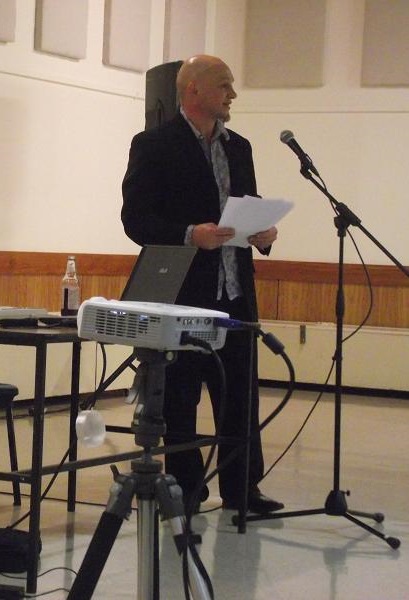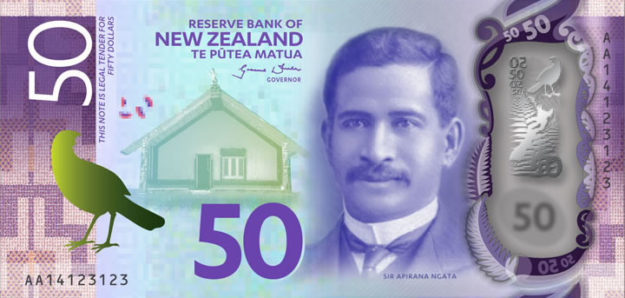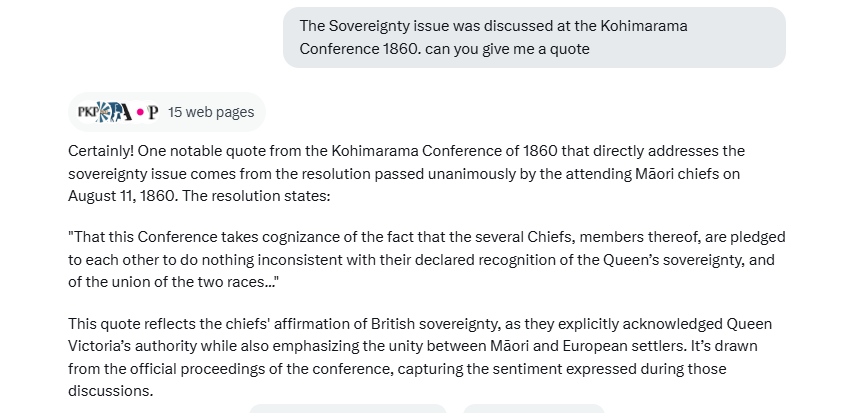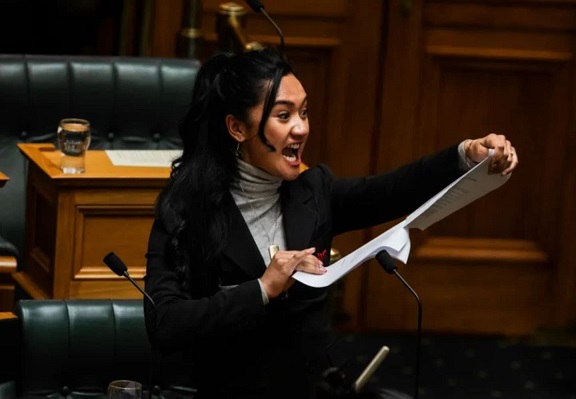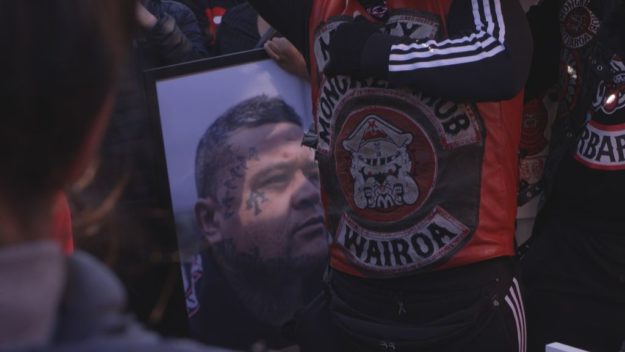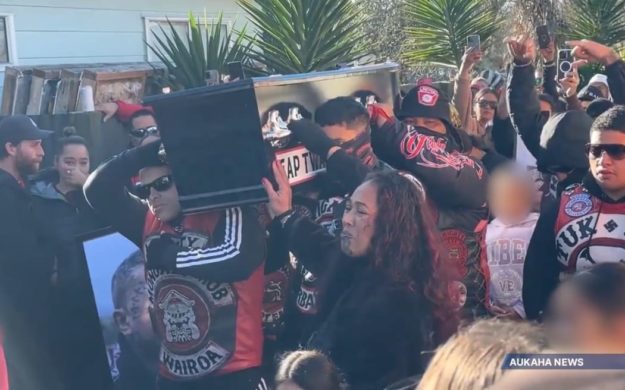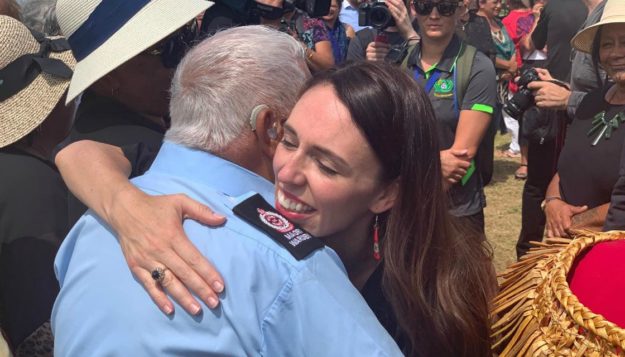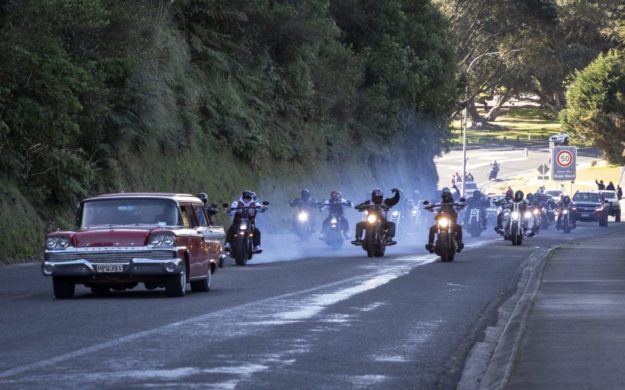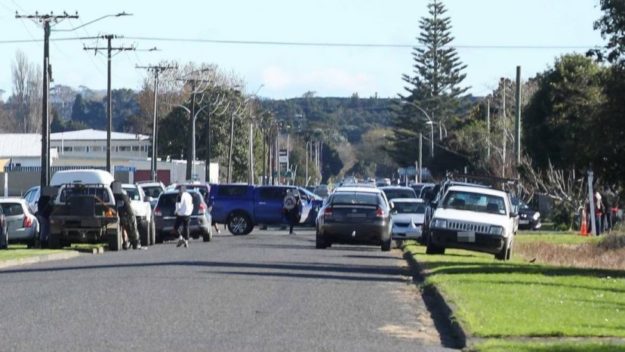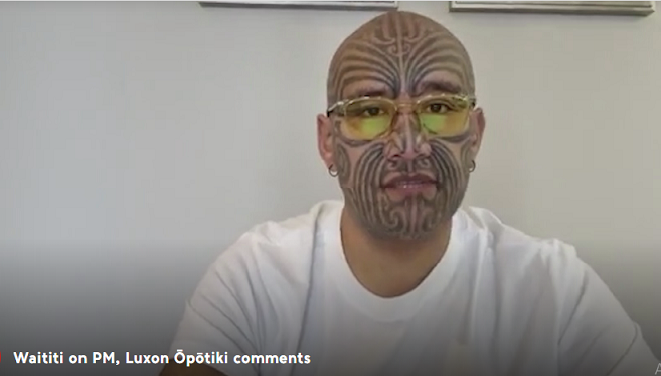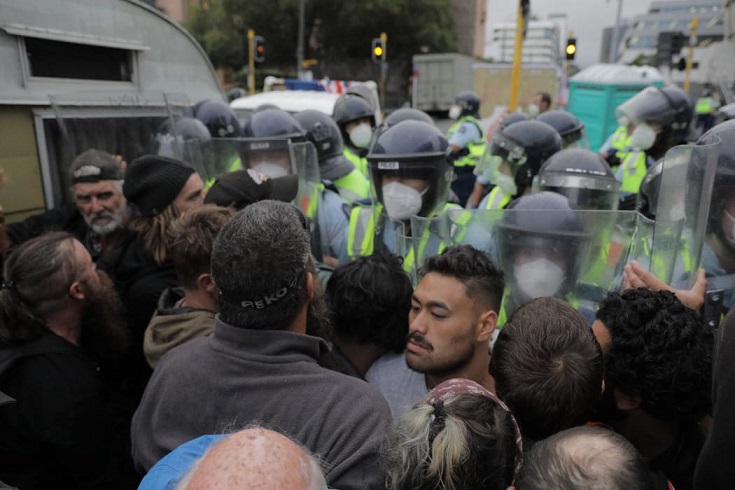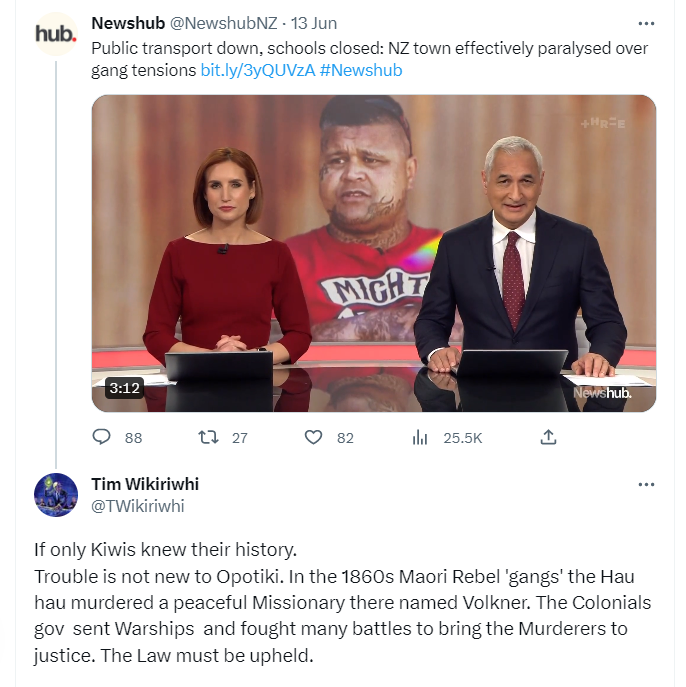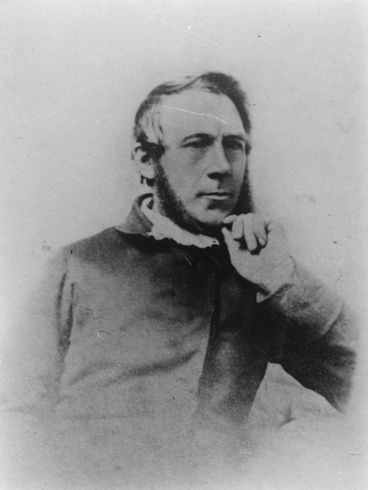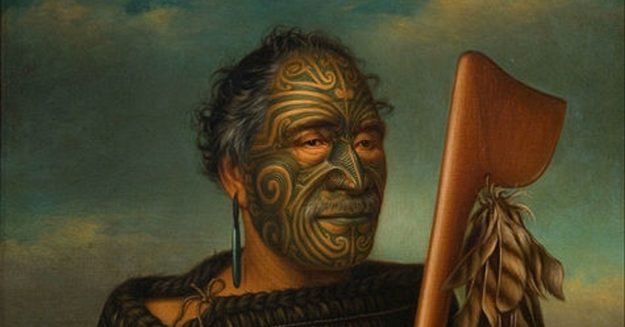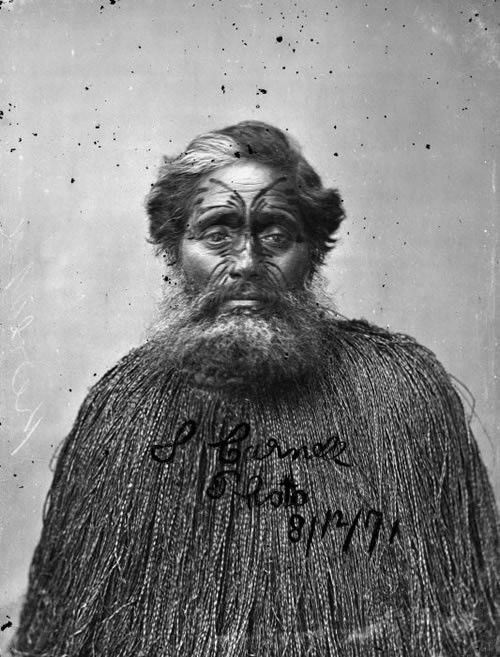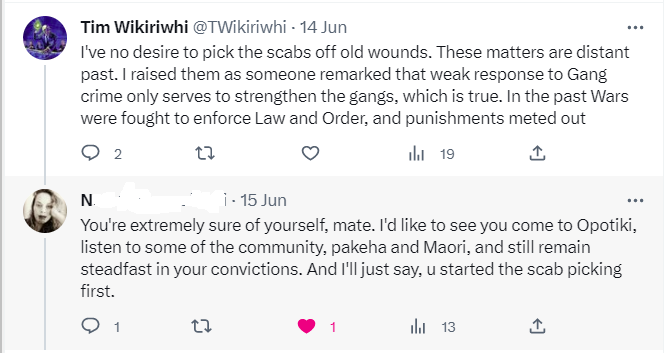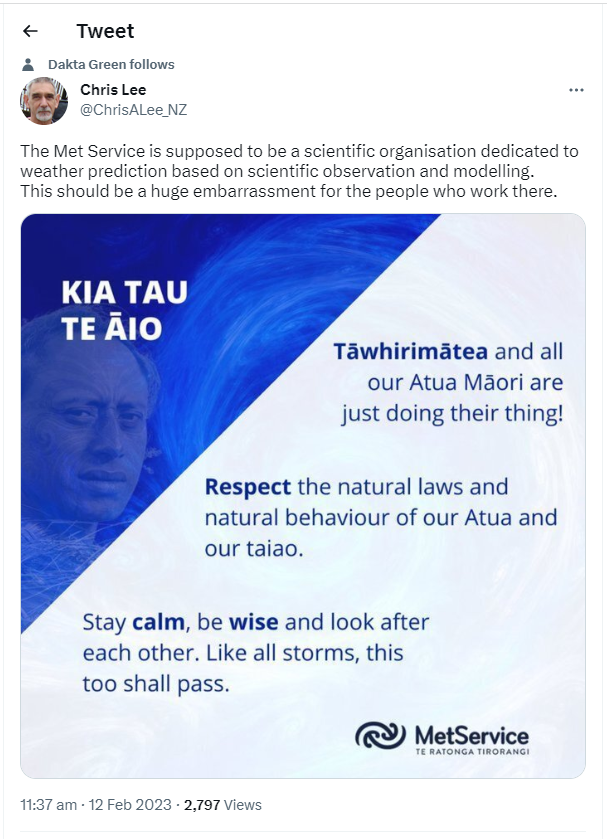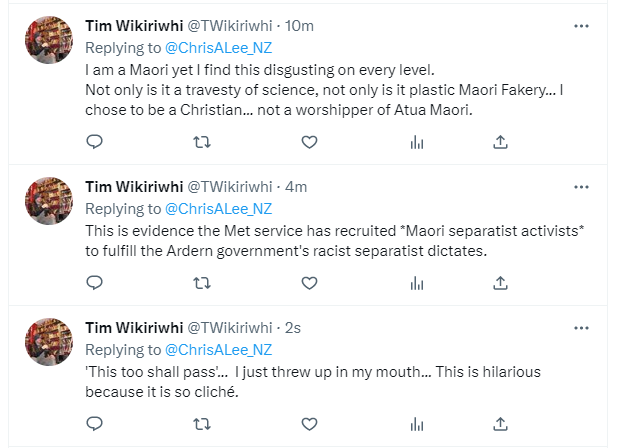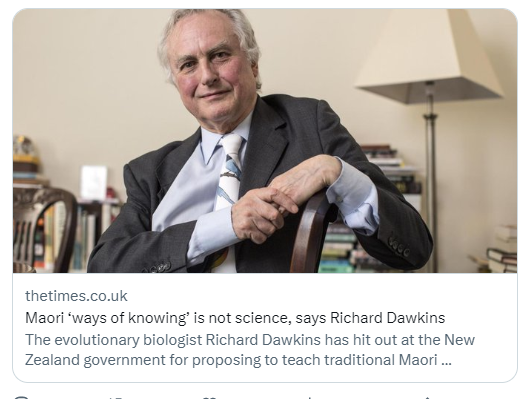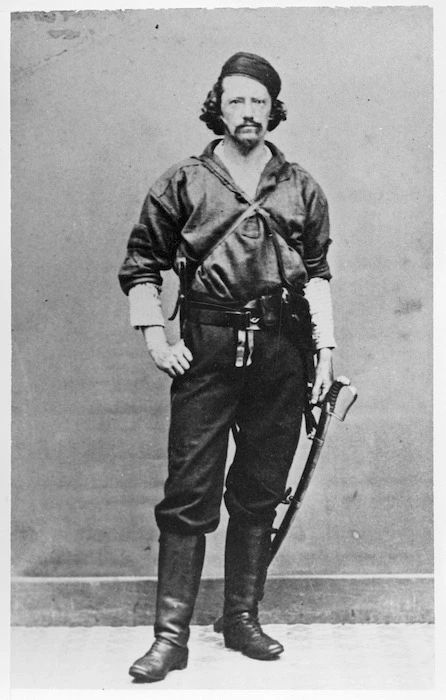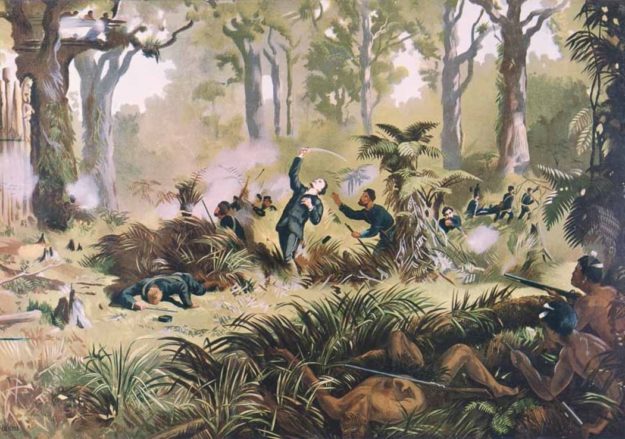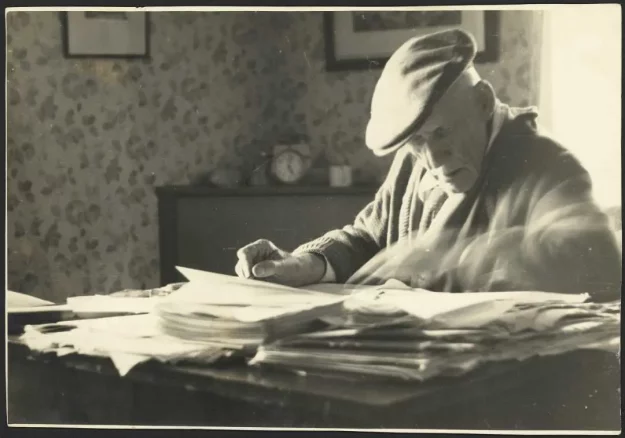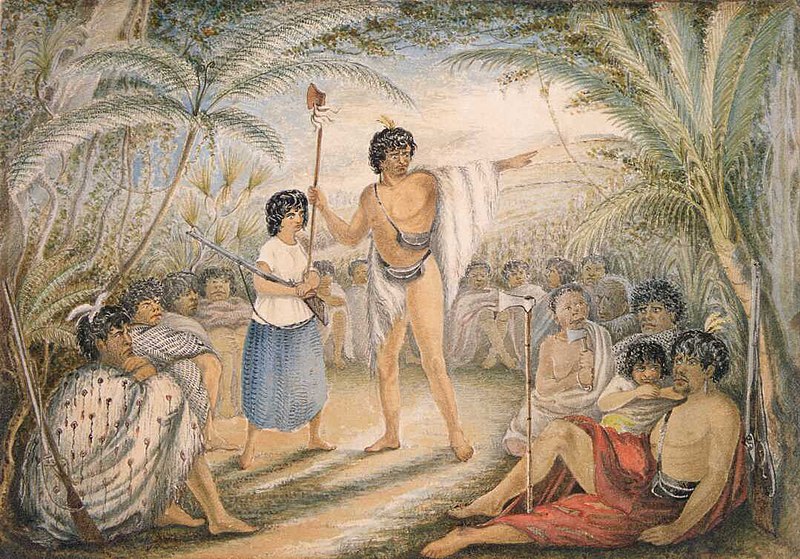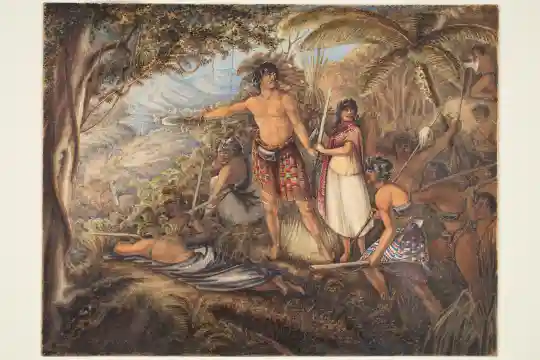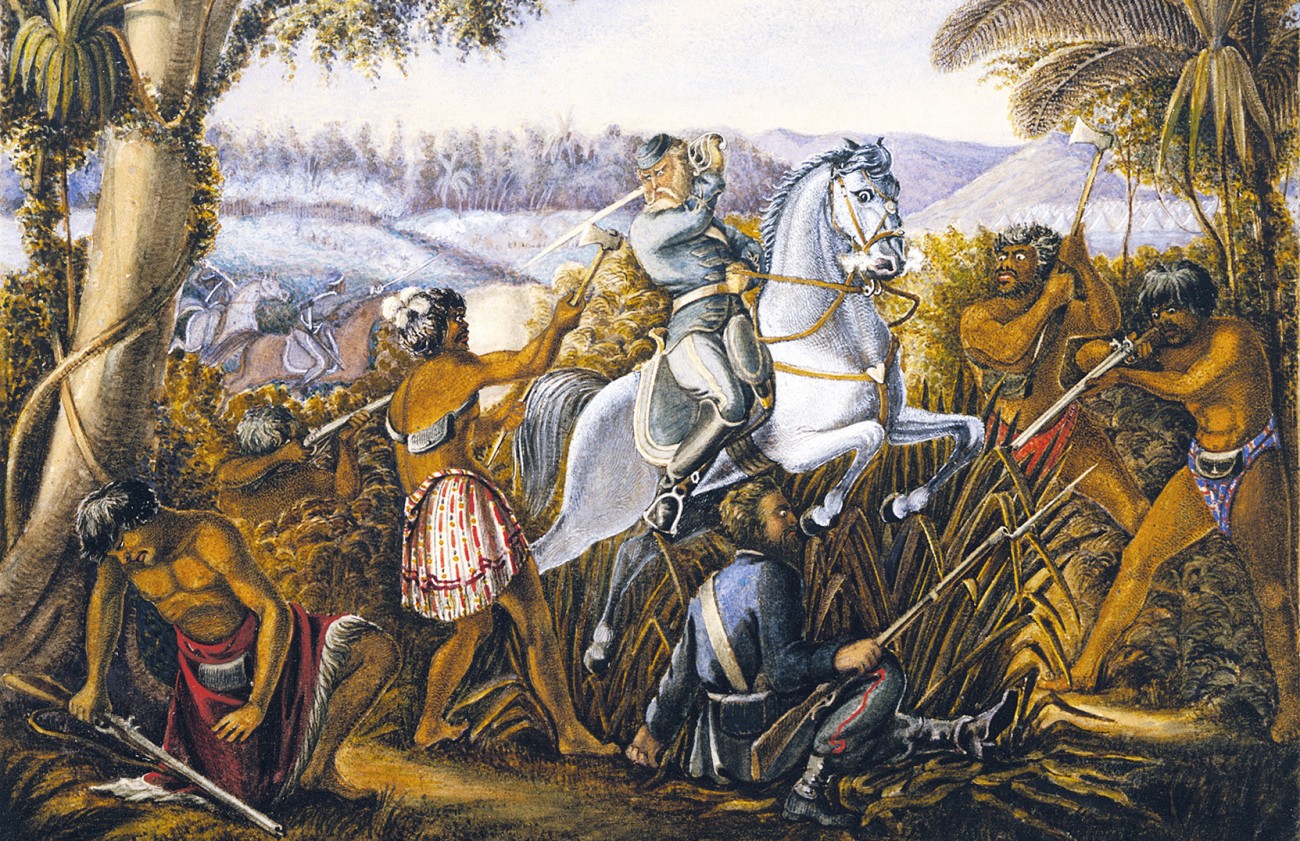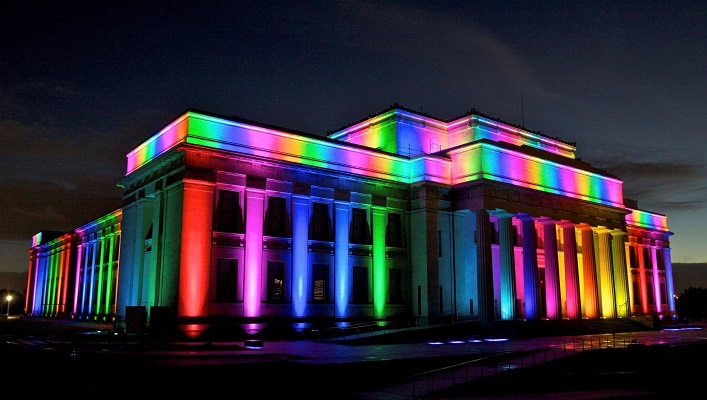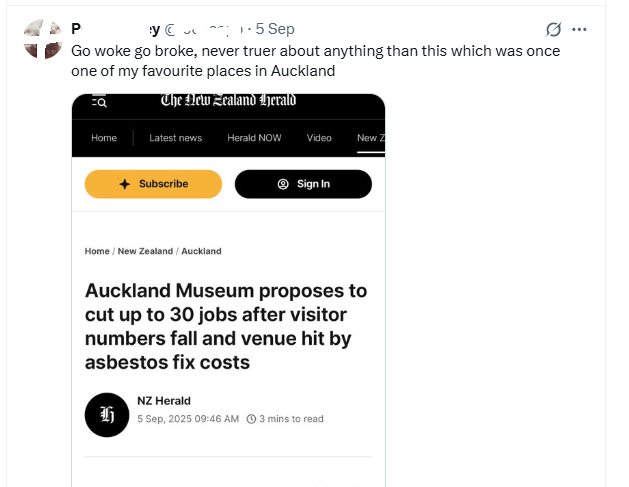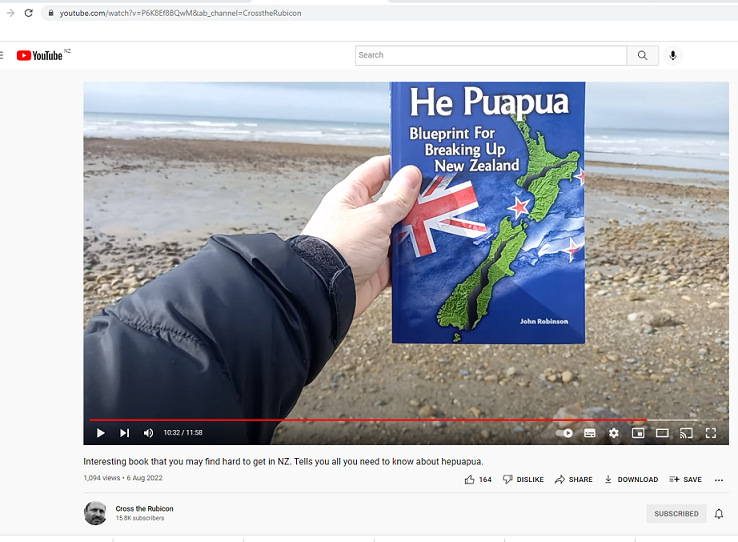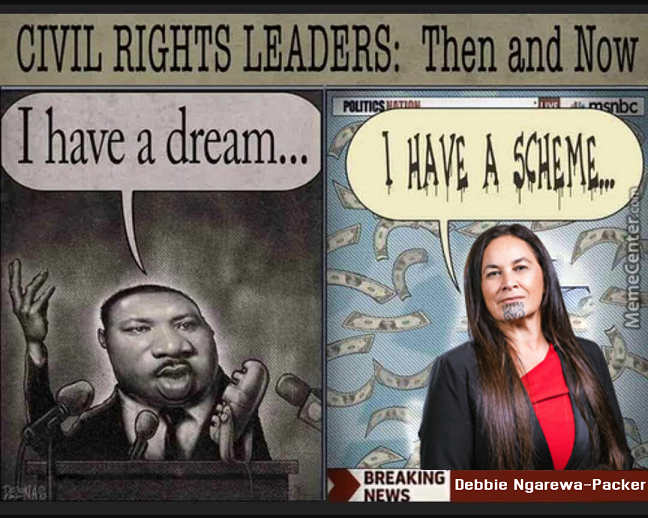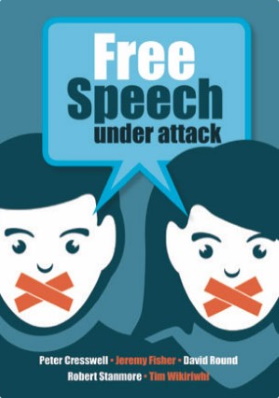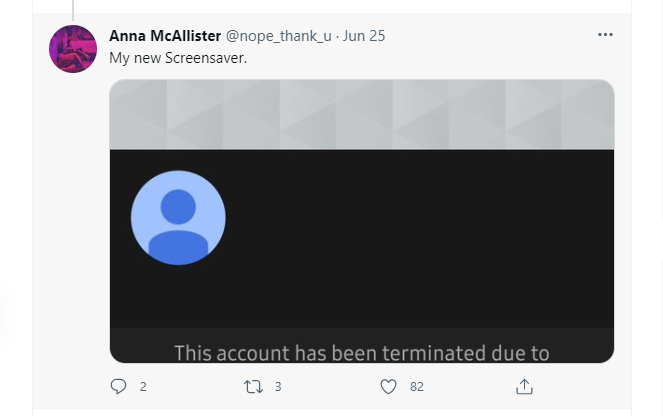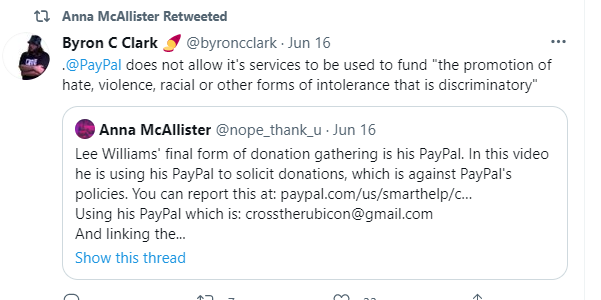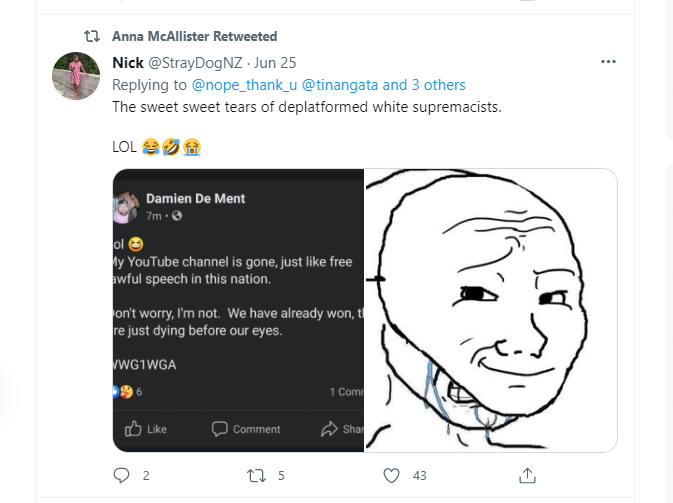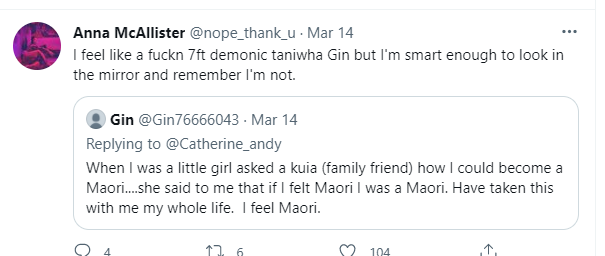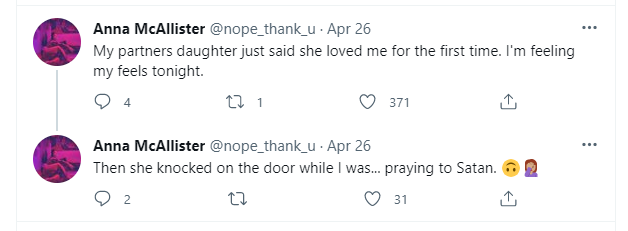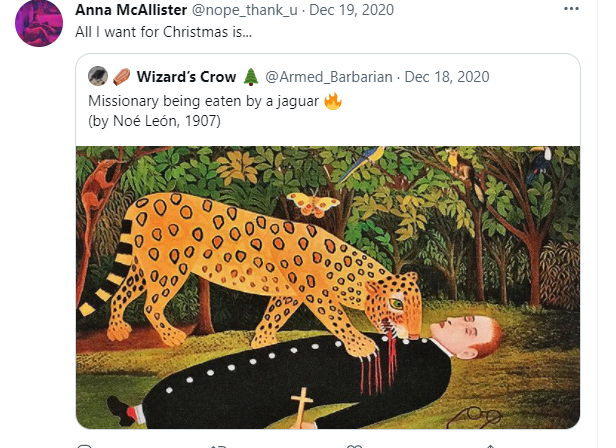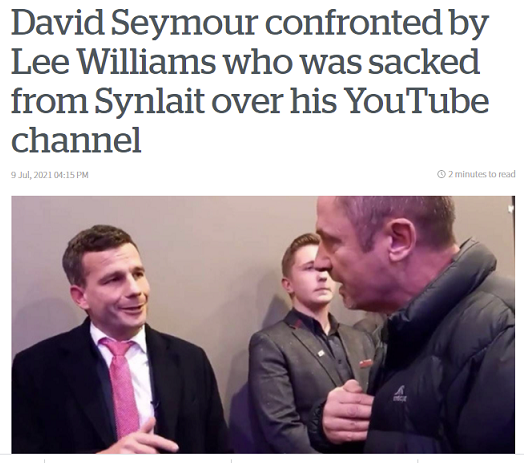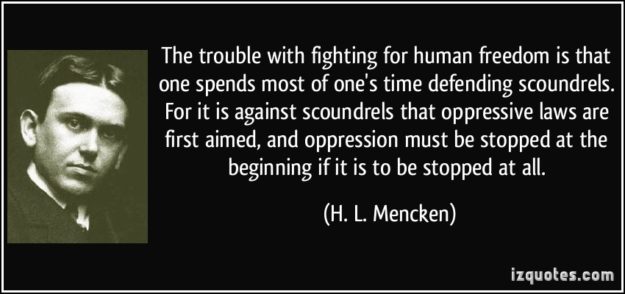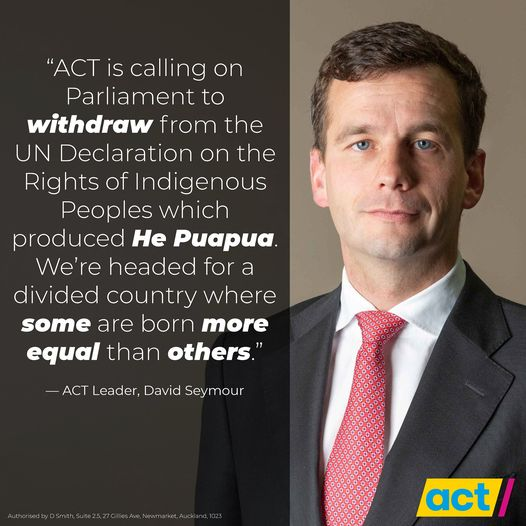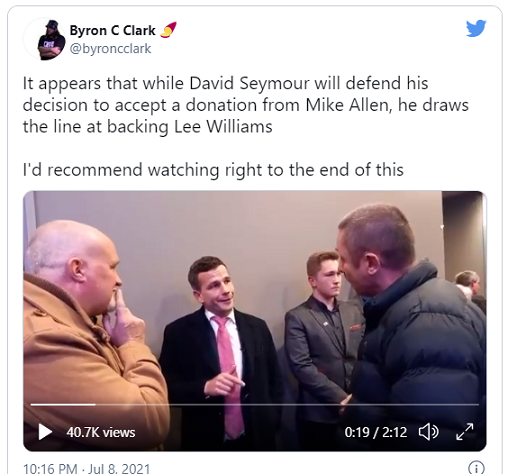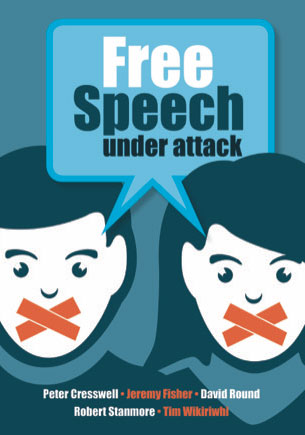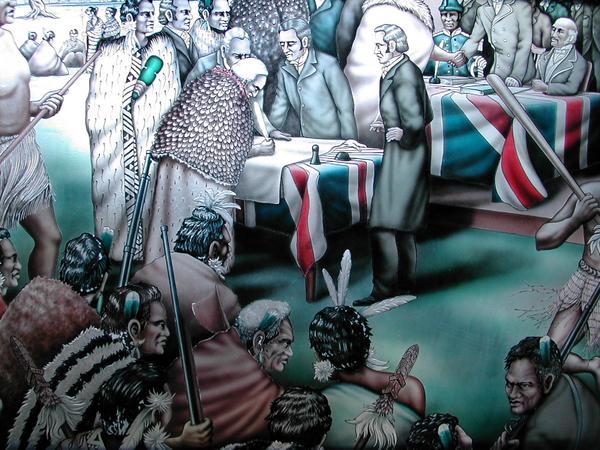
Te Tiriti o Waitangi. A Treaty with many bogus translations and interpretations.
New Zealand’s so called Founding Document, the Treaty of Waitangi would be the worst drafted treaty in the world. After 184 years and hundreds of attempts to translate it, there is still no true translation or interpretation of this document. The latest translation being displayed in our National Museum, Te Papa by a distinguished Maori scholar, Professor Sir Hugh Kawharu admits it is only, “An attempt at reconstruction of the literal translation of the Maori text”, because the Treaty of Waitangi is impossible to translate back into English as many of the words are made up words by Rev Henry Williams when he translated Lt. Governor Hobson’s final draft of the Treaty into the Maori language. But there are hundreds of other bogus translations out there being used to mislead the public on the Treaty of Waitangi’s true meaning to benefit part-Maori only. See: 1987 Court of Appeal, (C.A 54/87), page 663.
Before 1820, the tangata Maori, while constantly at war with each other over territories and disputes, were on an even scale as their only weapons were handheld combat weapons. This all changed after Hongi Hika, Ngāpuhi, who had been helping Professor Samual Lees with his English to Maori Dictionary, returned from England in 1820 with over 500 muskets, and went on a rampage south with 2000 of his followers, killing or taking slaves, thousands of their unarmed countrymen, women, and children for the fun of it and the feasts that followed. Therefore, it was not Colonization that destroy the tangata Māori’s way of life, it was Hongi Hika, Ngāpuhi and his 2000 followers and 500 muskets.
It was not long before the southern tribes had gained enough muskets to travel north for utu/revenge against Ngāpuhi. This caused Ngāpuhi to write to the King of England in 1831 asking him to be their guardian and protector. This was the start of Britain’s intervention in New Zealand by sending a British Resident, Jame Busby in 1833 to bring peace between the people of New Zealand.
Over half the Maori population of an estimated 100,000 people were taken as slaves, slaughtered, and/or eaten during the Musket Wars between 1820 and 1840.
In 1835 British Resident, James Busby had tried to get the chiefs to sign his Declaration of Independence to recognise Maori sovereignty over New Zealand but could only entice 52 chiefs to sign it. The chiefs were to assemble annually to promote peace, justice, and trade, but the ever-present intertribal tension and fighting took precedence over political co-operation as always, and it was abandoned without one meeting taking place. It was obvious the chiefs could never form a united working Government. “No political body existed capable of claiming sovereignty over New Zealand”.
New Zealand was placed under the dependency of New South Wales in 1939 by Royal Charter/Letters Patent issued under, “The Great Seal of the United Kingdom of Great Britain and Ireland”. This could not have happened if the tangata Maori had sovereignty over New Zealand.
In 1838, the Undersecretary for Colonies, Sir James Stephens, a very strong supporter of the Clapham Sect; a group who campaigned for abolishing slavery and protecting indigenous people from colonial exploitation had drafted the initial instructions for a treaty with the “natives” of New Zealand. This document was amended by the Secretary of State for the Colonies, Lord Normanby.
Unfortunately, Lord Normanby had no idea whether Maori had sovereignty over New Zealand or not when he added this to Stephen’s draft, “We acknowledge New Zealand as a sovereign and independent state, so far at least as it is possible to make such an acknowledgement in favour of a 1
people composed of numerous dispersed and petty tribes, who possess few political relations to each other, and are incompetent to act, or even to deliberate in concert”. This statement by Lord Normanby completely contradicts himself, showing he had no idea of whether the current inhabitants of New Zealand had sovereignty over New Zealand or not in 1840! The evidence shows, they did not!
This was endorsed by Chief Justice, Sir James Prendergast in 1877 when he ruled at the trial between Wi Parata v The Bishop of Wellington, “So far indeed as that instrument (The Treaty of Waitangi) purported to ceded sovereignty, it must be regarded as a ‘simple nullity’. No political body existed capable of making cession of sovereignty”. Busby had tried, but had failed.
Captain William Hobson, who was made Lt. Governor of New Zealand in July 1839, was given a copy of Lord Normanby’s draft for a treaty with the “native” chiefs of New Zealand before he left England for New Zealand in August 1839. Lt. Governor Hobson was instructed to have the chiefs of the current inhabitants of New Zealand sign the Treaty of Waitangi, asking them give up their “sovereignty” to Queen Victoria and in return they would become British Subjects with the same rights as the people of England. While “sovereignty” was stated in Lord Normanby instructions, this was incorrect as there was no political body capable of claiming sovereignty over New Zealand in 1840.
When Lt Governor Hobson arrived New Zealand on the 29 January 1840, he went about drafting a treaty from Lord Normanby’s instructions but became ill and passed his unfinished treaty draft to British Resident James Busby to continue its draft.
Busby drafted a treaty basing it on his Declaration of Independence that the Maori chiefs had sovereignty over New Zealand. Lt Governor Hobson had recovered and simplified Busby’s draft but left the word “sovereignty” in Article 1 of his final draft before it was given to Rev Henry Williams and his son Edward to translate into the Maori language on the night of 4 February 1840.
Rev Henry Williams made changes to Hobson’s final draft (the Littlewood document), including using many made up words as no words were available in the Maori language, but also to clarify who Hobson was referring to in various parts of the Treaty. There were six main changes Rev Henry William made.
1. Rev Wiliams had been involved in drafting the Declaration of Independence and knew it had been a complete failure as Busby could only entice 52 chiefs to sign it before it was abandoned. He also knew, “That no political body existed capable of making cession of sovereignty”, therefore, changed “sovereignty” to “kawanatanga/government”.
2. Williams changed “people of New Zealand” to “chiefs and tribes of New Zealand” in the Preamble and to “tangata Maori” in article 3. He left “all the people of New Zealand” in article 2 as Hobson was referring to “all the people of New Zealand” in article 2.
3. As Rev Henery Williams had been in New Zealand since 1823, he knew the “natives” Lord Normanby had referred to in his instructions were not the “tangata whenua” or original inhabitants as other races of people had inhabited New Zealand before these people, therefore, referred to these current inhabitants as “tangata Maori”.
4. The word “taonga” translated as “property” in 1840, but Kawharu translates it as, “all their treasures” in his back translation of the Treaty. Taonga has also had many other bogus translations over the years.
5. Rev William’s made up the word “kawanatanga” for “government” in article 1 and in article 2, “tino rangatiratanga/guaranteed possession of their lands and settlements etc”. referring to “all the people of New Zealand” and not just Maori as we are led to believe today.
6. “Tangata Maori” was the word Williams used to refer to the current inhabitants of New Zealand that Lt. Governor Hobson was authorised to deal with.
On the morning of 5 February 1840, Lt. Governor Hobson, British Resident, James Busby and Rev Henry Williams spent over an hour behind locked doors checking Rev Henry William’s translation of the Tiriti o Waitangi against Lt. Governor Hobson’s, “final draft”. When they were all completely satisfied the translation was as close as possible to Lord Normanby’s instructions, they were read to the gathering of chiefs, their people and the settlers who had gathered at Waitangi, about 2000 people in total. Once both documents were read, they were discussed by the chiefs and Lt. Governor Hobson for the rest of the day. Lt. Governor Hobson then said he would meet again on 7 February 1840 for those chiefs who wanted to sign the Tiriti o Waitangi. Many chiefs met at the Te Tii Marae that night and discussed the Treaty between themselves and Rev Williams well into the night. Re Henry William’s stating, “We gave them but one version, explaining clause by clause, showing they would be taken under the fostering care of the British Crown, by which act they would become one people with the British, in suppression of wars, and every lawless act, under one sovereignty and one law, human and divine”. Most came to the decision; it was in their best interest to sign the Treaty of Waitangi as soon as possible.
Rev Henry William’s original translation of the Tiriti o Waitangi was given to the Rev Richard Taylor on the night of 5 February to transcribe onto dog skin, but this original translation has never been found. Rev Richard Taylor stating, “I kept the original copy for my efforts”.
Unfortunately, we will never know the amendments or changes that were made to Rev Henry Wiliam’s original translation at the meeting between Hobson, Busby, and Williams before it was read to the gathering at Waitangi on 5 February 1840, but we do know, that the Tiriti o Waitangi signed by over 500 tangata Maori chiefs had been fully agreed to by all three men, Hobson, Busby and Williams.
Instead of waiting until 7 February 1840, the chief summoned Lt. Governor Hobson on the morning of 6 February 1840 as they wanted to sign the Treaty of Waitangi immediately and could not wait until 7 February 1840. While Lt. Governor Hobson was surprised, he turned up to sign the Tiriti o Waitangi, now on dog skin, in his casual clothes but wearing his “official hat”, and the signing by the chiefs began.
Without further discussion or rereading of the Tiriti o Waitangi, 49 chiefs signed it at Waitangi on 6 February 1840. As each chief signed, Lt Governor Hobson shook their hand and repeated the Tiriti’s one and only principle, “He iwi tahi Tatou – We are now one people”, to which the whole gathering gave 3 hearty cheers.
Once the Treaty had been signed at Waitangi, Lt. Governor Hobson became ill again and these were the instructions he gave to those gathering further signatures, “The treaty which forms the base of all my proceedings was signed at Waitangi on the 6 February 1840, by 52 chiefs, 26 of whom were of the federation, and formed a majority of those who signed the Declaration of Independence. This instrument I consider to be de facto the treaty, and all signatures that are subsequently obtained are merely testimonials of adherence to the terms of that original document”.
All signatures that were subsequently obtained were merely testimonials of adherence to the terms of the original document that was signed on 6 February 1840! Te Tiriti o Waitangi.
While there was an English language version signed by 39 chiefs at Waikato, this document was only signed after an official CMS printed version of the Tiriti o Waitangi, one of 200 had been read and discussed, then signed by 5 chiefs before it could hold no more signatures and an “unofficial” English version written by Lt Governor Hobson’s Secretary, James Freeman, was produced to hold the overflow of signatures. These 2 copies were attached together and signed by Lt. Governor Hobson as one document. Records show there were 44 signatures gathered at Waikato, 5 on the official CMS printed Tiriti o Waitangi and 39 on the ‘unofficial” English Treaty of Waitangi. With regard to Lt. Governor Hobson’s signature on this document, he was extremely ill and would not have known what he was signing. In fact, it has been stated, it may not have even been his signature.
If the tangata Maori had sovereignty over New Zealand in 1840, Lt. Governor Hobson would have signed the Tiriti o Waitangi with their Head of State, but “No political body existed capable of making cession of sovereignty”, so it was signed by over 500 individual chiefs.
Once the Treaty was signed, it was filed away as it had achieved its purpose; the tangata Maori had given up their governments to Queen Victoria and in return, had become British Subjects with the same rights as the people of England.
No more, no less, no Partnership, and definitely, no Co-governance!
The question we must now ask, “How did New Zealand become a British Colony under one flag and one law, irrespective of race colour or creed”? It definitely was not the Tiriti o Waitangi as it made no mention of New Zealand becoming a British Colony!
Colonization did not destroy the tangata Māori’s way of life, it was Hongi Hika, Ngāpuhi who destroyed it when he returned from England in 1820 with over 500 muskets and went on the rampage south with 2000 of his followers, killing or taking s slaves thousands of their unarmed countrymen, women, and children for the fun of it and the feasts that followed.
Queen Victoria saved the tangata Maori race from total extinction by the Treaty of Waitangi allowing them to become British Subjects with the same rights and protection as the people of England.
Once the Tiriti o Waitangi had achieved its purpose and had been filed away, Queen Victoria issued a Royal Charter/Letters Patent dated 16 November 1840 under, “The Great Seal of the United Kingdom of Great Britain and Ireland. This document made New Zealand into a British Colony with a Governor and Constitution that set up New Zealand’s political, legal and justice systems under one flag and one law, irrespective of race, colour, or creed.
This is New Zealand’s true Founding Document and first Constitution.
For the next 40 or so years, the Colonial Government stopped the intertribal fighting, returned most of the land the chiefs had sold pre-treaty and quelled the rebel tribes with the help of the tribes who wanted peace between the tribes and the government. While land was confiscated at this time as payment to bring peace between the tribes, this was explained by Sir Apirana Ngata in his book, The Treaty of Waitangi – An Explanation, “Some have said that these confiscations were wrong and they contravened the articles of the Treaty of Waitangi, but the chief’s placed in the hands of the Queen of England the sovereignty and authority to make laws. Some sections of the Maori people violated that authority and war arose and blood was spilt. The law came into operation and land was taken in payment. This in itself is Maori custom -revenge- plunder to avenge a wrong. It was their chiefs who ceded that right to the Queen. The confiscations cannot, therefore, be objected to in the light of the Treaty”.
One of the largest meetings since the signing of the Treaty of Waitangi was held by the Government at Kohimarama in 1860 where over 200 chiefs unanimously agreed to, “‘Let this meeting be joined to the Treaty of Waitangi.’ Thus, the proposal was incorporated in a major resolution passed unanimously at the nal session: “That this Conference takes cognizance of the fact that the several Chiefs, members thereof, are pledged to each other to do nothing inconsistent with their declared recognition of the Queen’s sovereignty, and of the union of the two races.” – MINUTES OF PROCEEDINGS OF THE KOHIMARAMA CONFERENCE OF NATIVE CHIEFS, AJHR (1860).
Between 1930 – 40 there were many alleged claims for the confiscated land that in some cases had been taken unfairly by the government. These alleged claims were heard by the Courts under the laws of New Zealand and while land was returned to those tribes who had land taken unfairly as “full and final” settlements, other bogus claims were rejected through lack of evidence. The Treaty of Waitangi played no part in these claims, they were held solely by the Courts under the laws of New Zealand.
In 1975, the Labour Government in its infinite wisdom decided to enact the Treaty of Waitangi Act, which created the Waitangi Tribunal to hear alleged claims by Maori only against the Crown that occurred “after” this Act was enacted, Only Maori could lay a claim to the Waitangi Tribunal. These claims used an unauthorised English version of the Treaty of Waitangi that gave special rights and privilege to Maori only. The Tiriti o Waitangi signed on 6 February 1840 and signed by over 500 tangata Maori chiefs, gave equal rights to all the people of New Zealand, irrespective of race, colour or creed.
While few alleged claims were lodged against the Crown for breaches of the Treaty of Waitangi “after” 1975, the Labour Government in 1986 allowed alleged claims dating back to 1840. This opened the flood gates to hundreds of alleged claims but were restricted by Queen Victoria’s 1840 Royal Charter/Letters Patent and Lt. Governor Hobson’s one Principle of the Treaty of Waitangi, “He iwi tahi tatou – We are now one people”.
In 1986, Attorney General, Geoffrey Palmer introduced his bogus “Five Principles for Crown Action on the Treaty of Waitangi”. These Principles completely overruled Lt. Governor Hobson’s one Principle of, “He iwi tahi tatou – We are now one people”, as they gave part- Maori a Partnership with the Crown never intended by those who signed the Treaty of Waitangi in 1840. Not only did the “Five Principles” make part -Maori partners with the Crown, it also allowed the Waitangi Tribunal to interpret the Treaty of Waitangi using Hon Geoffry Palmer’s bogus “Five Principles”.
Te Tiriti o Waitangi – A Document with many bogus translations and interpretations.
The 1975 Treaty of Waitangi Act and Attorney General, Hon Geoffrey Palmers “Five Principles for Crown Action on the Treaty of Waitangi” was the most corrupt Act ever forced on the people of New Zealand by any government, as it gave part-Maori special rights not enjoyed by all the people of New Zealand or intended by those who signed the Treaty of Waitangi it in 1840.
While the Waitangi Tribunal was supposed to only make recommendations to Government, Government seldom opposes these recommendations that has allowed millions of hectares of land, public assets, and taxpayer’s money to be given to part-Maori based on hundreds of alleged claims, Palmer’s “Five Treaty of Waitangi Principles” and hundreds of bogus Treaty of Waitangi translations and interpretations.
In 2010 Prime Minister, Hon John Key allowed the Minister of Maori Affairs to travel to New York to sign the “United Nations Declaration on the Rights of Indigenous People”, without a mandate from the people of New Zealand, forensic evidence, or a government definition of, “The Indigenous People of New Zealand”. Forensic evidence proves, there were other races of people living in New Zealand before the tangata Maori arrived in the 14 th century. This was endorsed by Professor Ranginui Walker when Head of Maori Studies at the Auckland University on page 18 of the 1986 New Zealand Yearbook, stating, “When the canoe people arrived in the 14 th century, there were already tangata whenua, original inhabitants living in New Zealand”. Forensic evidence also proves, the tangata Maori were not the tangata whenua or the first people to inhabit New Zealand.
The Maori Party, formed by a dozen or so radical part-Maori elite and are now demanding a Co-governance arrangement with the Crown, when over 500 of their tangata Maori ancestors agreed in the 1840 Tiriti o Waitangi to become British subjects with the same rights as the people of England.
No more, no less, no partnership and definitely, no Co-governance!
Sir Apirana Ngata gave this warning to his people in his book, The Treaty of Waitangi – An Explanation, “Let me issue a word of warning to those who are in the habit of bandying the name of the Treaty around to be very careful least it be made the means of incurring certain liabilities under the law which we do not know and which are being borne only by the Pakeha”.
It must also be remembered, since the Treaty of Waitangi was signed in 1840, the tangata Maori have intermarried with other races of their own free will, therefore, are no longer the people who signed the Treaty in 1840. They are now New Zealand citizens of mixed ancestry, the same as the majority of New Zealanders, except they can claim a minute trace of tanga Maori ancestry from ancestors who were not the tangata whenua and agreed to become British Subjects with the same rights as the people of England in 1840.
The Treaty of Waitangi only played a very small role in New Zealand becoming a British Colony but is being used today to mislead the people of New Zealand of their true legal rights given to them by Queen Victoria’s Royal Charter/Letters Patent dated 16 November 1840. See: The Six documents that made New Zealand into a British Colony.
Log onto: www.onenzfoundation.co.nz.
When the truth is known, there is no other document in our history that comes anywhere to New Zealand’s true Founding Document and first Constitution than Queen Victoria’s Royal Charter/Letters Patent dated 16 November 1840. It ratified the Tiriti o Waitangi and made New Zealand into a British Colony under one flag and one law, irrespective of race, colour or creed.
No more, no less, no partnership and definitely, no Co-governance!
We must ask ourselves, how did our governments, our lawyers and our academics get it so wrong when it is all there in the New Zealand, Australian and American Archives, plus the British Parliamentary Papers. Have they got an ulterior motive or a hidden agenda? Whatever it is, it’s time they did a little more research using the institutions above!
Te Tiriti o Waitangi – A Treaty with many bogus translations and interpretations.
This document was researched and written by the One New Zealand Foundation Inc. from documents held in the New Zealand, Australian and American Archives, plus the British Parliamentary Papers. For Further information: www.onenzfoundation.co.nz or Email; ONZF@bigpond.com.au 6
